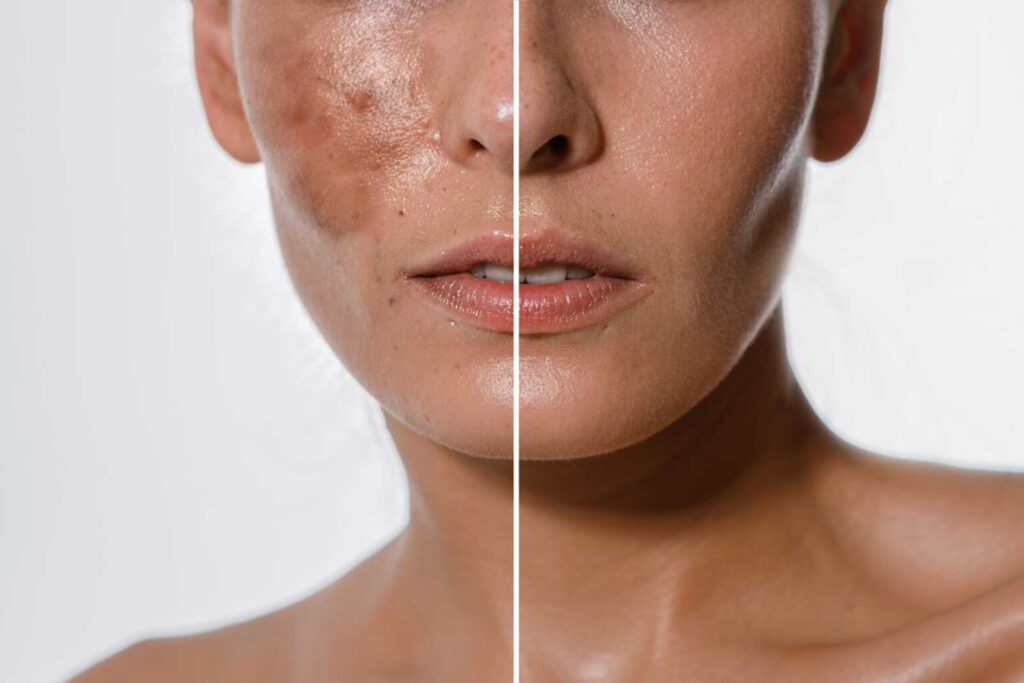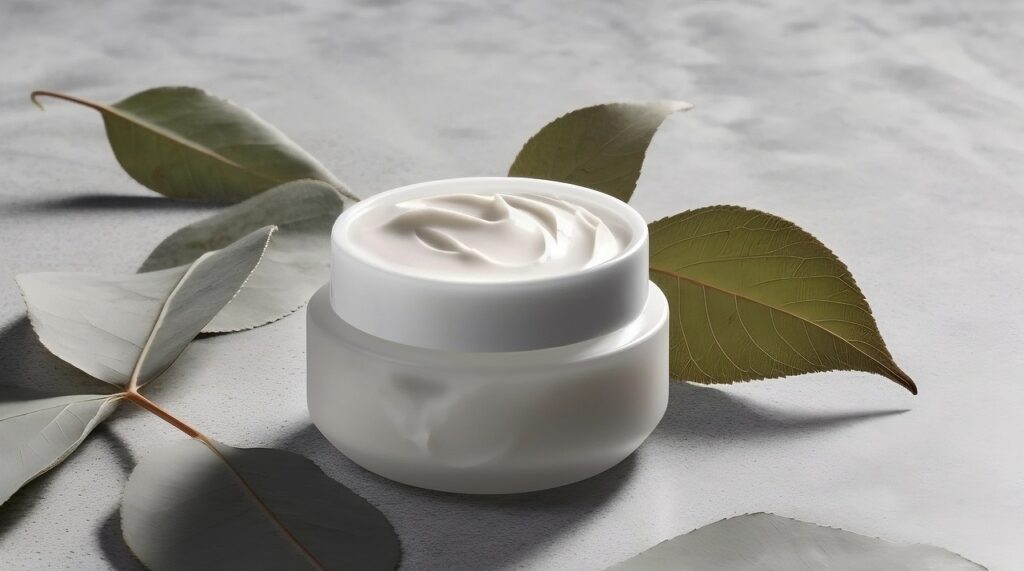In the land of sun-kissed shores and outdoor adventures, Australians are no strangers to the impact that a harsh sun can have on the skin. It’s no surprise that issues like melasma, a condition characterised by dark, discoloured patches on the skin, are a common concern. Enter TriLuma a specially formulated cream that has become a cornerstone in the fight against hyperpigmentation. Let’s delve into the world of TriLuma, as we answer some frequently asked questions, explore its mechanism of action, dive into the associated therapies, and celebrate the crucial role played by compounding pharmacies down under.
Common Queries About TriLuma – Answered!
What’s TriLuma all about?
In essence, TriLuma® Cream is a dermatological product authorised by the Therapeutic Goods Administration (TGA) for the treatment of moderate to severe melasma on the face. A potent formula, it combines three active ingredients – Fluocinolone acetonide, Hydroquinone, and Tretinoin – each playing a significant role in skin health and rejuvenation.
How does TriLuma stand out in its effectiveness against hyperpigmentation?
The trio of ingredients works in tandem to combat hyperpigmentation. Fluocinolone acetonide is a corticosteroid that calms inflammation. Hydroquinone lightens skin by suppressing melanin production, and Tretinoin speeds up cell turnover, aiding in the elimination of melanin-laden cells.
Is TriLuma for everyone?
TriLuma isn’t one-size-fits-all. It’s essential to consult with a dermatologist, as it may not be the right fit for people with known sensitivities to its components, and its safety hasn’t been established during pregnancy or lactation.
What should one expect in terms of treatment regimen?
Typically, a small pea-sized amount applied nightly for up to 8 weeks is standard, but always follow your dermatologist’s specific instructions. And remember, Australian sun can be unrelenting, so simultaneous use of a high-factor broad-spectrum sunscreen during the day is critical.
Unpacking the Mechanism of Action
Each ingredient in TriLuma tackles a different facet of hyperpigmentation:
- Fluocinolone Acetonide: Works as an anti-inflammatory.
- Hydroquinone: Reduces pigment by inhibiting tyrosinase.
- Tretinoin: Encourages cell turnover, promoting the exfoliation of pigmented cells and enhancing absorption of the cream.
When these three agents join forces, they create a powerful tool for evening out skin tone and reducing dark spots associated with melasma.
TriLuma in Dermatological Treatments
Incorporating TriLuma as part of a broader dermatologic care plan is typical. Australian dermatologists may recommend it:
- As Pre-Treatment: To prepare the skin before undertaking procedures like chemical peels or laser treatments, ensuring you get the most benefit.
- As Post-Treatment: To maintain the results from more intensive treatments and prevent recurrence.
- In Combination Therapy: Alongside other products like a robust SPF50+ sunscreen to protect the treated skin and other antioxidants that may boost skin health from within.
Adherence to the prescribed therapy is essential for effectiveness and in minimizing potential side effects.
The Role of Compounding Pharmacies in Australia
Compounding pharmacies offer bespoke solutions to patients when standard commercial products don’t meet their needs. Here’s the value they add for Australian users of TriLuma:
- Customization: They adjust medication strength and remove allergens, making treatments like TriLuma suitable for those with specific sensitivities.
- Accessibility: Should there be a supply issue with TriLuma, compounding pharmacists can typically produce a similar product so that patients can continue their treatment without interruption.
- Patient-specific Formulations: For those across Australia who live in remote areas or with unique requirements, compounding pharmacies can formulate medications that are just right for them.
Closing Thoughts
For Australians battling with melasma’s shadowy effects, TriLuma appears as a shining beacon. By leveraging the compound’s clinically proven ingredients, you can embark on a journey to clearer, more radiant skin. The role of the patient, however, goes beyond just applying cream. It extends to diligent sun protection, following professional guidance, and sometimes, engaging with the talented heroes at compounding pharmacies who ensure treatments meet individual needs.
In conclusion, while TriLuma has carved out its place in Australian dermatology as a precision tool for brighter skin, the full picture includes professional advice, tailored care, and sun safety as essentials in revolutionising skin health. With these allies by your side, you’re not just treating melasma but embracing a holistic approach to skin care under the unique Australian sun.
To find out more about compounded medical skin care, get in touch with us today.
Follow us on Instagram for our latest skincare content!

Lane Khin, the compounding pharmacist of My Skin Pharmacy, brings a wealth of knowledge from the worlds of pharmacy and dermatology to the table. With degrees in Pharmacy and Applied Science from QUT, Lane combines a deep understanding of compounding and skincare with a friendly, accessible approach. Through My Skin Magazine, Lane shares her expertise, offering readers practical advice and insights into personalised skincare solutions. Lane has a real passion for helping others achieve their best skin.


